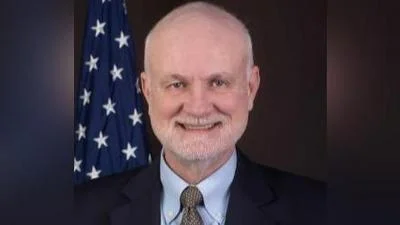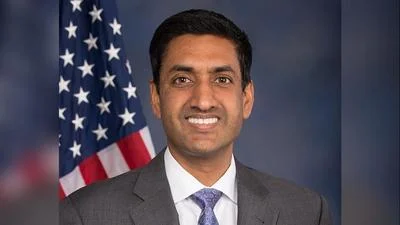John Taylor, Professor of Economics at Stanford University and developer of the "Taylor Rule" for setting interest rates | Stanford University
John Taylor, Professor of Economics at Stanford University and developer of the "Taylor Rule" for setting interest rates | Stanford University
George Stephen Springer, a renowned expert in composite materials and the Paul Pigott Professor of Engineering, Emeritus, at Stanford University, passed away on August 15, 2024. He was 90 years old.
Born in Budapest, Hungary on December 12, 1933, Springer survived wartime bombings and fled Hungary during the Hungarian Revolution in October 1956. After escaping to Vienna and then Australia with the help of a Commonwealth scholarship, he graduated at the top of his class in mechanical engineering from the University of Sydney in 1959.
Springer moved to Yale University for further studies, earning two master’s degrees and a PhD. In 1962, he joined MIT focusing on molecular gas dynamics. By 1967, he shifted his research focus to automotive industry issues and composite materials while at the University of Michigan.
“He began doing some truly remarkable work as a structural analyst using his fluid mechanics background,” said Stephen Tsai, professor emeritus at Stanford's Department of Aeronautics and Astronautics. “His work on the curing process of composites... is still used today.”
In 1983, Springer joined Stanford’s faculty after meeting Nicholas Hoff at an international conference. At Stanford, he established the Structures and Composites Laboratory (SACL). Juan Alonso praised him saying: “He risked making that jump and became not only successful but a recognized authority in the field.”
Springer collaborated with Fu-Kuo Chang on researching composite manufacturing processes. Chang noted that Springer's theoretical models are critical for large-scale industry applications.
Springer's contributions extended beyond aerospace into various industries including sports equipment and biomedical devices. His advisory roles spanned organizations like NASA and Lockheed.
During his tenure as department chair from 1990 to 2001 at Stanford’s School of Engineering, Springer mentored many young professors while fostering a collaborative environment.
“As a teacher... what mattered was making sure your colleagues or audience could easily understand how the problem was solved,” remarked Chang.
Springer’s wife Susan predeceased him by one day. He is survived by daughters Elizabeth Greer and Mary Springer along with their families.
This story was originally published by Stanford Engineering.




 Alerts Sign-up
Alerts Sign-up